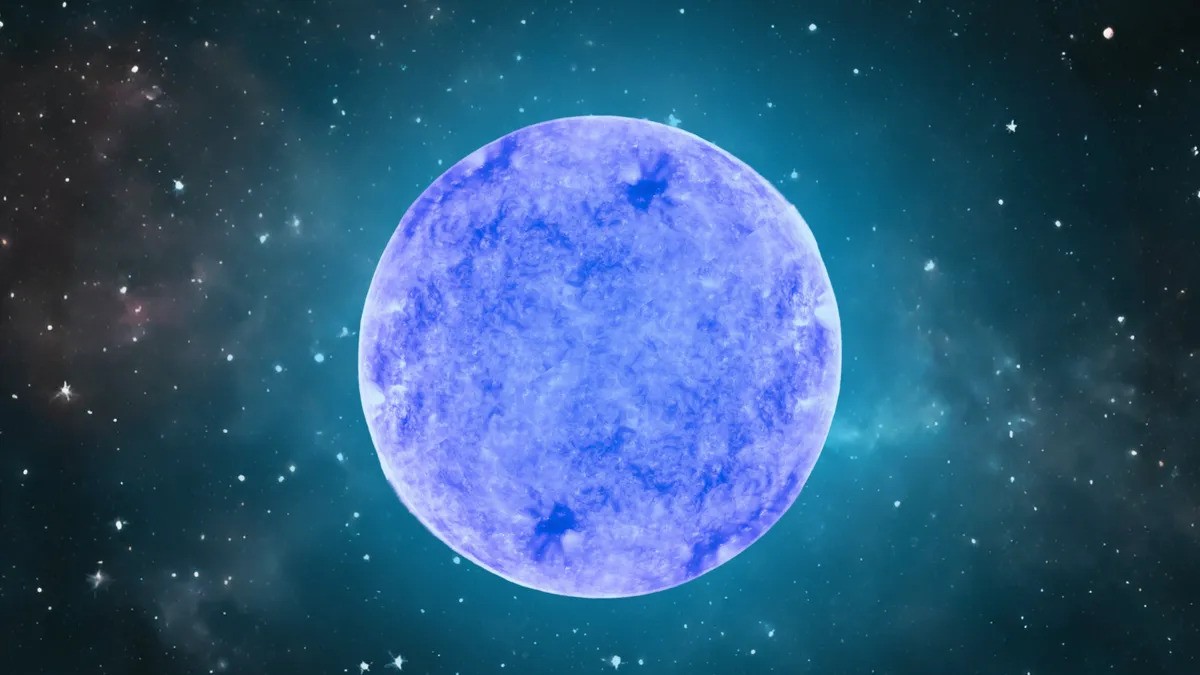Scientists have made a new assumption about the formation of some of the hottest stars in the universe. They suggested that blue supergiants were formed as a result of the merger of smaller stars, which led to the intensification of thermonuclear reactions.

New research by astronomers
An international team of researchers led by scientists from the Instituto de Astrofísica de Canarias (IAC) has found clues to the nature of some of the brightest and hottest stars in our universe, called blue supergiants. Although these stars have been observed repeatedly, their formation has remained a mystery to astronomers for decades.
Simulating new stellar models and analyzing a large sample of data in the Large Magellanic Cloud, the researchers found convincing evidence that most blue supergiants could have formed as a result of the merger of two stars connected in a binary system.
Blue supergiants of type B are very bright and hot stars. They are at least 10,000 times brighter, 2-5 times hotter, and 16 to 40 times heavier than the Sun. According to traditional ideas about stars, they should evolve very quickly, which means they are rarely seen. Why do we see so many of them?
An important clue to their origin is the fact that most blue supergiants are single, meaning they do not have a gravitationally bound companion that could be detected. However, most young massive stars are born in binary systems with companions. Why are blue supergiants single? Answer: they are the result of the merger of two great luminaries.
Blue supergiants form during star mergers
In a new study led by Athira Menon, an international team of astrophysicists engaged in computer calculations and observations modeled detailed models of star mergers and analyzed a sample of 59 early blue supergiants in the Large Magellanic Cloud, a satellite galaxy of the Milky Way.
But can such mergers also explain the measured properties of blue supergiants? Astronomers have found that stars born as a result of such mergers are more successful in reproducing the surface composition, in particular, the amplification of nitrogen and helium lines, in a large part of the sample than conventional stellar models. This indicates that fusion may be the dominant channel for the formation of blue supergiants.
This study makes a big leap in solving the old problem of the formation of blue supergiants and points to the important role of star mergers in the morphology of galaxies and their stellar populations.
According to phys.org
Follow us on Twitter to get the most interesting space news in time
https://twitter.comne/ust_magazine


